
Whats Inside This book is not authorized, sponsored, endorsed, or licensed by Nintendo of America Inc. The trademarks POKMON, POKMON GO, and GOTTA CATCH EM ALL are owned by Nintendo of America Inc. and other company names and/or trademarks mentioned in this book are the property of their respective companies and are used for identification purposes only.
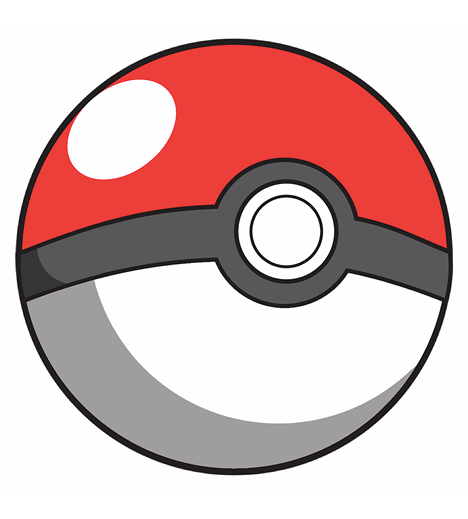
Introduction What Is Pokmon GO? Pokmon GO is an augmented reality game, blending the real world and the Pokmon world into a playable adventure on your mobile device. Players visit real world locations in order to discover Pokmon, catch Pokmon, battle other Pokmon trainers, and look for Pokmon-related items. Pokmon GO is a free-to-play mobile app for iPhone and Android devices.
It is what many people call a freemium game. Its completely free to download and play. But you also have the premium option to buy in-game currency called Pokcoins. Pokcoins can be used to purchase additional Pokballs and other items. Pokcoins are not needed in order to play Pokmon GO, however. The game is thoroughly enjoyable without spending a dime.
Pokmon GO works using your devices GPS, and marks your current real world location. The GPS puts your avatar onto a cartoony version of Google Maps. Your avatar is a cartoony version of you. The maps are extremely detailed, showing roads, buildings, houses, rivers, parks, signs, monuments, etc. The next requirement in the game is that you actually get outside and move! The maps will show Pokmon rustling about in bushes, and PokStops you should visit, and Gyms you should go to. Its all pretty amazing if you ask us.
And its your job to catch em all and visit em all! 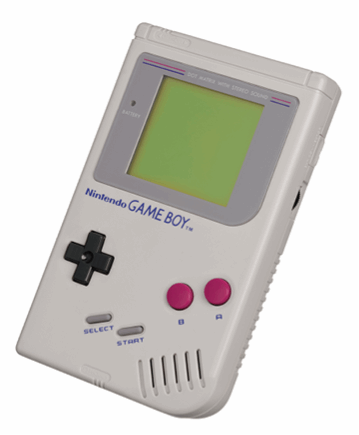 SoWhat Is Pokmon? Weve been Pokmon experts at Pojo since 1998. We started a Pokmon site 18 years ago, and its still up and running today. But we realize that this might be the first time some of you are playing a Pokmon-themed game. So here is a little Pokmon history lesson. Satoshi Tajiri of Japan is credited with creating Pocket Monsters / Pokmon. He loved catching insects and tadpoles as a kid in the suburbs of Tokyo.
SoWhat Is Pokmon? Weve been Pokmon experts at Pojo since 1998. We started a Pokmon site 18 years ago, and its still up and running today. But we realize that this might be the first time some of you are playing a Pokmon-themed game. So here is a little Pokmon history lesson. Satoshi Tajiri of Japan is credited with creating Pocket Monsters / Pokmon. He loved catching insects and tadpoles as a kid in the suburbs of Tokyo.
When he first saw the Nintendo Game Boy system and Link Cable, he imagined insects traveling across the link cable to other Game Boys. He pitched his idea to his friends at Nintendo. Nintendo funded his project. Satoshi Tajari then spent six years developing the game that would ultimately become Pocket Monsters Green and Pocket Monsters Red in Japan. Red and Green were released in 1996, and Pocket Monsters was a huge success in Japan. 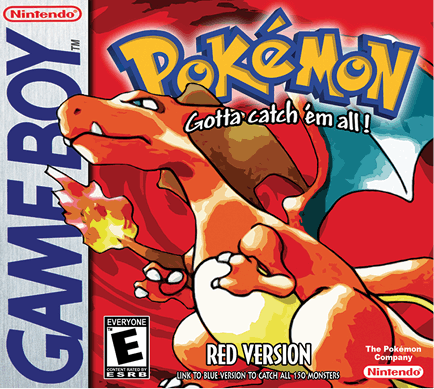 Pokmon Red and Blue were released simultaneously in North America in 1998.
Pokmon Red and Blue were released simultaneously in North America in 1998.  Pokmon Red and Blue were released simultaneously in North America in 1998.
Pokmon Red and Blue were released simultaneously in North America in 1998.
They are the granddaddies of all Pokmon games. The games appear to be simple childrens games, but are actually very deep role-playing games (RPGs). The games feature a ton of strategy and a dynamic storyline. In the Pokmon RPGs, you are a trainer trying to catch the variety of pocket monsters (Pokmon) that appear in the game. Once caught, Pokmon can be added to your party and trained to assist you. The longer you train Pokmon, the more attacks they learn, and the stronger they become.
Various versions of Pokmon Red and Blue have been released over the years, amassing over 57 million units of sales. In total, the Pokmon franchise has sold over 279 million copies of Pokmon-themed games! 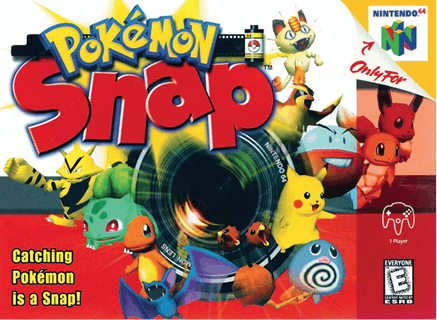 An old Pokmon game that is somewhat similar to Pokmon GO is a game called Pokmon Snap. Pokmon Snap was released on the Nintendo 64 way back in 1999. In Pokmon Snap, you played a Pokmon photographer named Todd Snap. The premise of this game was that you rolled through various Pokmon environments in a cart on a track, and took photographs of Pokmon for Professor Oak. We know it sounds lame, but it was a ton of fun and extremely addictive.
An old Pokmon game that is somewhat similar to Pokmon GO is a game called Pokmon Snap. Pokmon Snap was released on the Nintendo 64 way back in 1999. In Pokmon Snap, you played a Pokmon photographer named Todd Snap. The premise of this game was that you rolled through various Pokmon environments in a cart on a track, and took photographs of Pokmon for Professor Oak. We know it sounds lame, but it was a ton of fun and extremely addictive.
After each Rail Ride, Professor Oak gave you grades on your photos. You kept trying to photograph all the Pokmon you could and tried to get better shots on each pass. You had some items at your disposal to interact with the Pokmon environment while riding along, like a flute, apples, and Pester Balls. People loved Pokmon Snap. You could even take your game cartridge down to the local Blockbuster video store and print your pictures out as stickers. Pokfans over the years dreamed of a real world version of Pokmon Snap, and started making YouTube videos merging the Pokmon world into the real world.
Some of these videos are extremely creative if you want to Google them. Next in line was a little-known game called Pokmon Dream Radar . This game was released in 2012, and was the first Pokmon game to use Augmented Reality (AR). You used the camera on your 3DS as a view finder and walked around your house. He also used the 3DS system as a radar. Dream Clouds would sometimes appear, partially blocking your view on the screen.
You would clear the Dream Clouds off your screen like a first-person shooter. Occasionally the cleared Dream Clouds would reveal Pokmon to capture inside your house. This game was a fun little diversion and only cost about $3. In the fall of 2012, Niantic and Google created an app called Ingress for Android phones. Ingress is an AR, multiplayer, online-location-based game. The game has a story line based in science fiction.
Ingress is like a giant game of Capture the Flag. You pick one of two sides: the Enlightened or the Resistance. The game plays in real time and in the real world. You attack enemy portals, protect your own portals, collect Exotic Matter, and a whole lot more. One cool aspect about Ingress is that players can suggest Portal locationsstatues, buildings, paintings, tourist spots, etc. Niantic would evaluate the suggestions, and add them into the game.
The game has been installed on over 10 million Android devices. Enter Pokmon GO! In 2015, Nintendo and The Pokmon Company Group announced that they would work with Niantic to create Pokmon GO, a global location-based game where you could go out into the real world and catch Pokmon. It was a plan to marry Niantics Ingress gaming engine with the awesomeness of the Pokmon franchise. Pojo Note: Many of the Portals, and Exotic Matter spawn sites, in Ingress serve as PokStops and Pokmon spawning points. Some clever Pokmon collectors fired up Ingress on their phones to find places to catch rare Pokmon in Pokmon GO! Pokmon GO was released in the United States on July 6 th , 2016. history, passing Candy Crushs 2013 popularity in active users. history, passing Candy Crushs 2013 popularity in active users.
As we write this guide, Pokmon GO currently has about 21 million active users each day! The game is currently more popular than Netflix, Twitter, and Pandora. What makes Pokmon GO so appealing? One reason is that Pokmon GO does a pretty good job of replicating the core components of the Pokmon franchise in the real world. You see Pokmon in the wild and you catch Pokmon in the wild. Just like Jules said in Pulp Fiction , you need to walk the earth in order to catch em all. You know, like Caine in Kung Fu. Just walk from town to town, meet people, get in adventures.



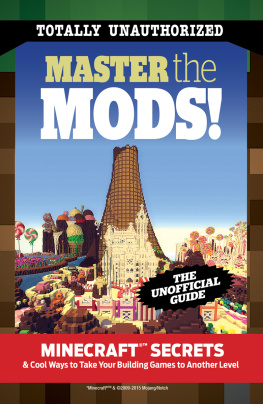

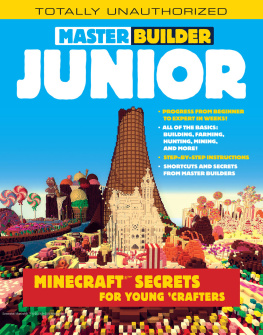



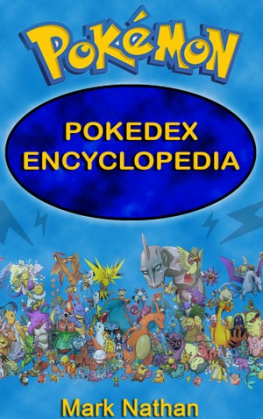
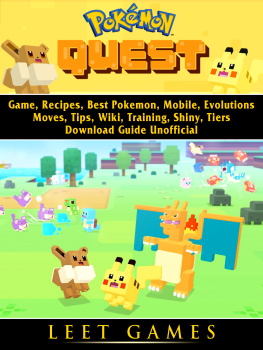
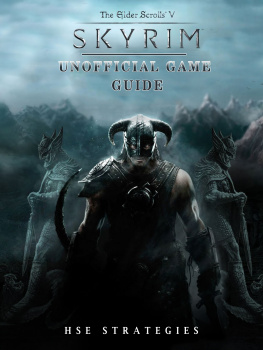
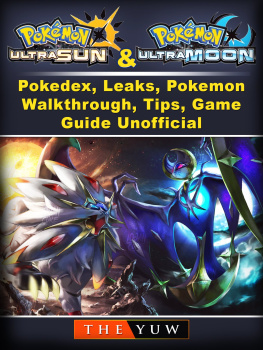

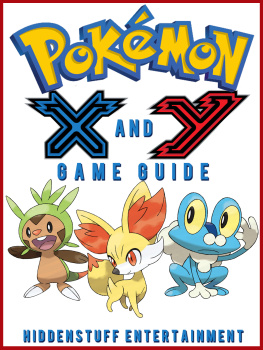

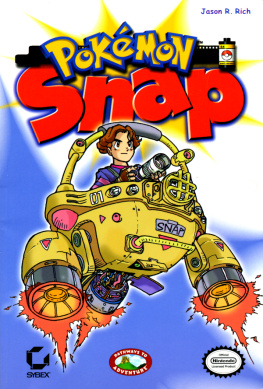


 Whats Inside This book is not authorized, sponsored, endorsed, or licensed by Nintendo of America Inc. The trademarks POKMON, POKMON GO, and GOTTA CATCH EM ALL are owned by Nintendo of America Inc. and other company names and/or trademarks mentioned in this book are the property of their respective companies and are used for identification purposes only.
Whats Inside This book is not authorized, sponsored, endorsed, or licensed by Nintendo of America Inc. The trademarks POKMON, POKMON GO, and GOTTA CATCH EM ALL are owned by Nintendo of America Inc. and other company names and/or trademarks mentioned in this book are the property of their respective companies and are used for identification purposes only.  Introduction What Is Pokmon GO? Pokmon GO is an augmented reality game, blending the real world and the Pokmon world into a playable adventure on your mobile device. Players visit real world locations in order to discover Pokmon, catch Pokmon, battle other Pokmon trainers, and look for Pokmon-related items. Pokmon GO is a free-to-play mobile app for iPhone and Android devices.
Introduction What Is Pokmon GO? Pokmon GO is an augmented reality game, blending the real world and the Pokmon world into a playable adventure on your mobile device. Players visit real world locations in order to discover Pokmon, catch Pokmon, battle other Pokmon trainers, and look for Pokmon-related items. Pokmon GO is a free-to-play mobile app for iPhone and Android devices.  SoWhat Is Pokmon? Weve been Pokmon experts at Pojo since 1998. We started a Pokmon site 18 years ago, and its still up and running today. But we realize that this might be the first time some of you are playing a Pokmon-themed game. So here is a little Pokmon history lesson. Satoshi Tajiri of Japan is credited with creating Pocket Monsters / Pokmon. He loved catching insects and tadpoles as a kid in the suburbs of Tokyo.
SoWhat Is Pokmon? Weve been Pokmon experts at Pojo since 1998. We started a Pokmon site 18 years ago, and its still up and running today. But we realize that this might be the first time some of you are playing a Pokmon-themed game. So here is a little Pokmon history lesson. Satoshi Tajiri of Japan is credited with creating Pocket Monsters / Pokmon. He loved catching insects and tadpoles as a kid in the suburbs of Tokyo. Pokmon Red and Blue were released simultaneously in North America in 1998.
Pokmon Red and Blue were released simultaneously in North America in 1998.  An old Pokmon game that is somewhat similar to Pokmon GO is a game called Pokmon Snap. Pokmon Snap was released on the Nintendo 64 way back in 1999. In Pokmon Snap, you played a Pokmon photographer named Todd Snap. The premise of this game was that you rolled through various Pokmon environments in a cart on a track, and took photographs of Pokmon for Professor Oak. We know it sounds lame, but it was a ton of fun and extremely addictive.
An old Pokmon game that is somewhat similar to Pokmon GO is a game called Pokmon Snap. Pokmon Snap was released on the Nintendo 64 way back in 1999. In Pokmon Snap, you played a Pokmon photographer named Todd Snap. The premise of this game was that you rolled through various Pokmon environments in a cart on a track, and took photographs of Pokmon for Professor Oak. We know it sounds lame, but it was a ton of fun and extremely addictive.